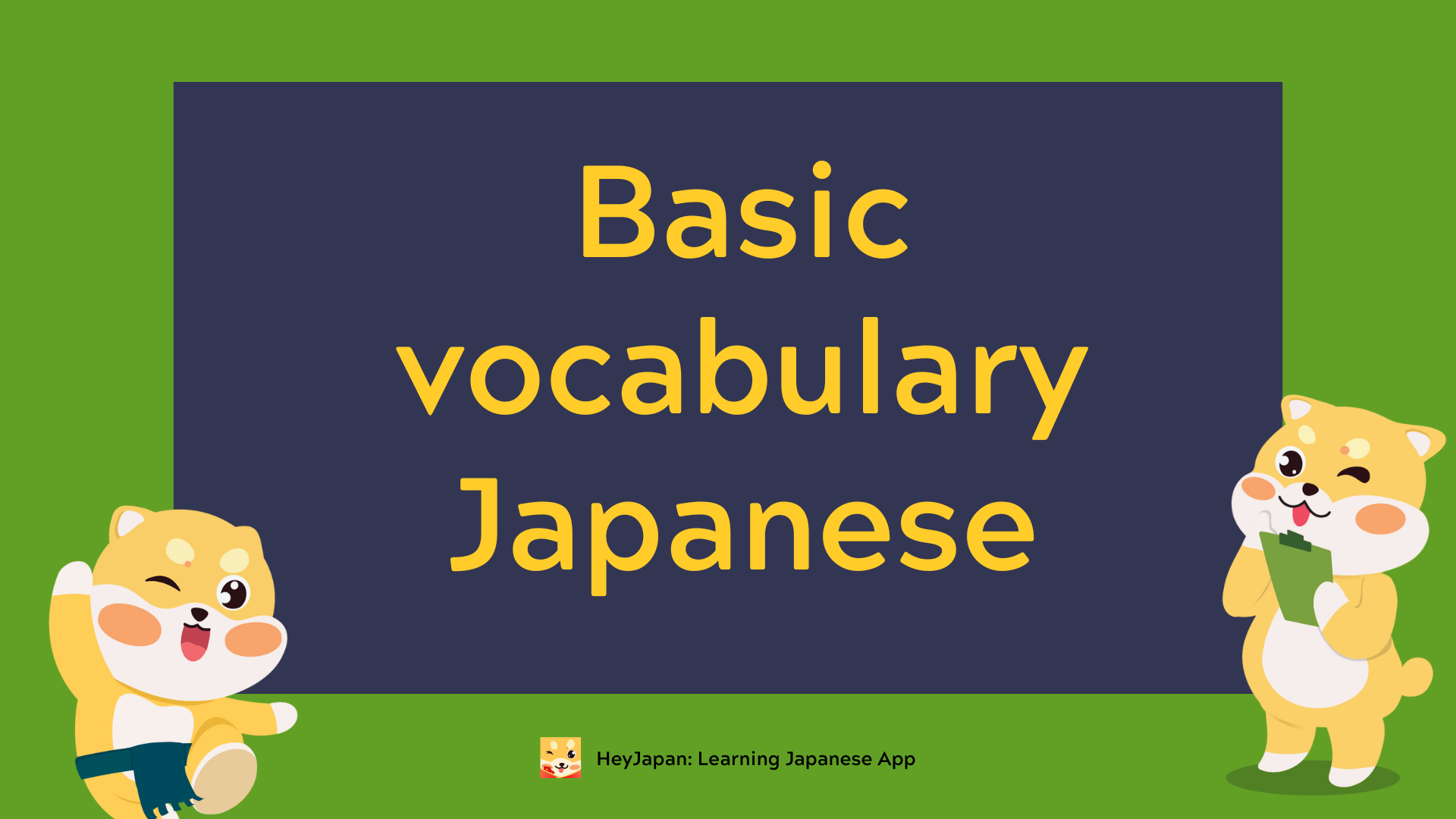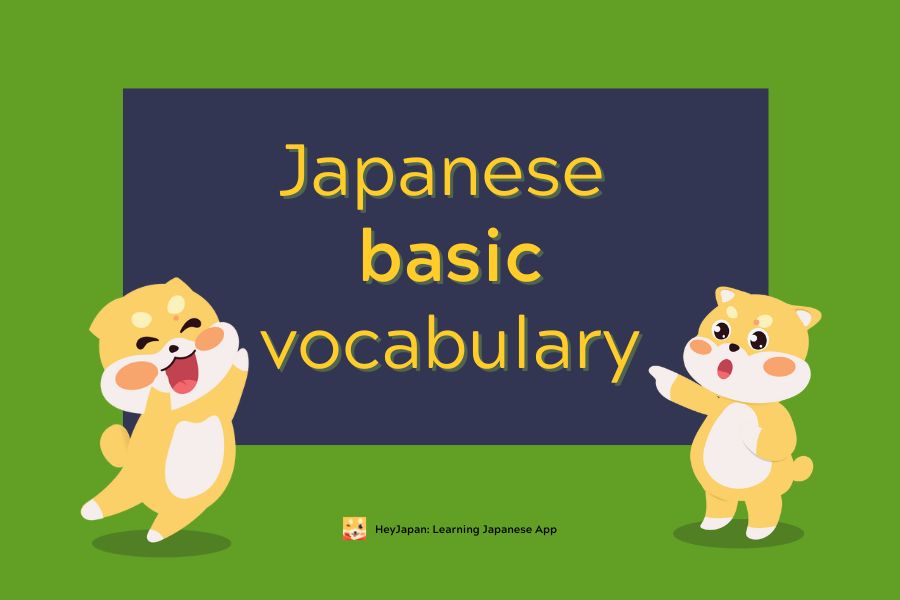- I. Greetings in Japanese
- 1. こんにちは (Konnichiwa - Hello / Good afternoon)
- 2. おはようございます (Ohayou gozaimasu - Good morning)
- 3. こんばんは (Konbanwa - Good evening)
- 4. はじめまして (Hajimemashite - Nice to meet you)
- II. Self-introduction structures in Japanese
- 1. Introduce your name
- 2. Introducing age
- 3. Introduce your hometown
- 4. Career introduction
- 5. Introduction to educational qualifications
- 6. Introduction to hobbies
- III. A paragraph of self-introduction in Japanese
You want to introduce yourself in Japanese but don't know where to start. What are some simple sentences to introduce yourself in Japanese? This article will summarize sample sentences to help you learn how to say hello, my name is Japanese, and how to introduce yourself in Japan easily and effectively. The first word you need to know when introducing yourself is definitely a greeting. Let's study and learn the basic ways to say hello in Japanese.
I. Greetings in Japanese
For Japanese people, greetings are very important. So before you start introducing yourself, learn how to greet them. This shows respect and politeness towards the other person. Japanese will have different ways of greeting depending on the time of day
|
Phrase |
Pronunciation |
Translation |
|
こんにちは |
Konnichiwa |
Hello / Good afternoon |
|
おはようございます |
Ohayou gozaimasu |
Good morning (polite and formal) |
|
こんばんは |
Konbanwa |
Good evening |
|
はじめまして |
Hajimemashite |
Nice to meet you / First time meeting |
1. こんにちは (Konnichiwa - Hello / Good afternoon)
This is a general greeting used during the day, typically before 5 PM. It’s versatile and suitable for most casual or neutral settings.
Example: こんにちは!お元気ですか? (Konnichiwa! Ogenki desu ka?) – Hello! How are you?
2. おはようございます (Ohayou gozaimasu - Good morning)
A polite and formal way to say "Good morning," especially in professional or respectful contexts. Use it before 12 noon.
Example: おはようございます、先生! (Ohayou gozaimasu, sensei!) – Good morning, teacher!
3. こんばんは (Konbanwa - Good evening)
This greeting is used in the evening, typically after 5 PM and until midnight. It’s appropriate for both casual and formal interactions.
Example: こんばんは、お疲れ様です! (Konbanwa, otsukaresama desu!) – Good evening, great job today!
4. はじめまして (Hajimemashite - Nice to meet you)
Used when meeting someone for the first time, this phrase often precedes a self-introduction. It conveys politeness and helps establish a friendly tone.
Example: はじめまして。田中です。よろしくお願いします。 (Hajimemashite. Tanaka desu. Yoroshiku onegaishimasu.) – Nice to meet you. I’m Tanaka. Please take care of me.
II. Self-introduction structures in Japanese
Now that we know the basics of self-introduction in Japanese, let's focus on introducing your name. There are two common ways: a polite form and a humble form. These are key when learning how to introduce yourself in Japan.
1. Introduce your name
The structure to introduce names is as follows:
私は ___です (Polite form) – Watashi wa … desu = My name is …
私は ___と申します (Humble form): My name is…
For example: 私の名前はスアンです : My name is Xuan
2. Introducing age
今年は ___ 歳です – Kotoshi wa … sai desu = I am … years old this year
______ 歳です – … sai desu = I am … years old
For example: 今年で30歳になります: I am 30 years old this year
3. Introduce your hometown
_____ からきました – Kara kimashita = I come from …
_____ に住んでいます – Ni sundeimasu = I live in …
For example:
I am Vietnamese: ベトナム人です。
I come from Hanoi: ハノイから来ました。
My hometown is in Ha Nam: 出身はハナムです。
Currently I live in Tokyo: 今東京に住んでおります。
4. Career introduction
専門は ____ です – Senmon wa …. desu = My specialty is…
私は ____ – Watashi wa = I am …
For example: 私はエンジニアです = I am an engineer.
Some basic occupations in Japanese
|
Hiragana/Katakana |
Kanji |
Meaning |
|
しょくぎょう |
職業 |
Career |
|
さいばんけん |
裁判権 |
Magistracy |
|
パイロット |
パイロット |
Pilot |
|
けいかん |
警官 |
Police |
|
のうみん |
農民 |
Farmer |
|
き ょうし |
教師 |
Teacher |
|
がか |
画家 |
Painter |
|
くつしゅうり |
靴修理 |
Shoe repairman |
5. Introduction to educational qualifications
Sentence structure:
私は学生です = I am a student
大学を卒業しました = I have graduated from university
|
Level |
Kanji |
Hiragana/Katakana |
Phiên âm |
|
University |
大学 |
だいがく |
Daigaku |
|
High school |
高校 |
こうこう |
Koukou |
|
High school (High school) |
高等学校 |
こうとうがっこう |
Koutou gakkou |
|
High school |
中学校 |
ちゅうがっこう |
Chuu gakkou |
|
Primary School |
小学校 |
しょうがっこう |
Shou gakkou |
|
Kindergarten |
幼稚園 |
ようちえん |
Youchien |
6. Introduction to hobbies
私の趣味は ____ です – Watashi no shumi wa … desu = My hobby is …
For example:
私の趣味は読書です = My hobby is reading books
III. A paragraph of self-introduction in Japanese
“こんにちは、はじめまして。私の名前はNguyênです。私は25歳です。ベトナムのハノイ出身です。現在、東京でエンジニアとして働いています。私の趣味は読書と旅行です。どうぞよろしくお願いします。”
"Konnichiwa, hajimemashite. Watashi no namae wa Nguyên desu. Watashi wa 25-sai desu. Betonamu no Hanoī shusshin desu. Genzai, Tōkyō de enjinia toshite hataraiteimasu. Watashi no shumi wa dokusho to ryokō desu. Dōzo yoroshiku onegaishimasu."
"Hi, nice to meet you. My name is Nguyen. I am 25 years old. I come from Hanoi, Vietnam. Currently, I am working as an engineer in Tokyo. My hobbies are reading and traveling. Looking forward to receiving your help.”
In conclusion, knowing how to say "Hello, my name is" in Japanese is the first step to introducing yourself confidently in Japan. Whether you're meeting new people or engaging in a professional setting, mastering simple phrases is essential. By learning the basic structures and expressions, you can easily understand how to introduce yourself in Japan and make a great first impression. Start practicing these simple yet effective phrases, and you'll be able to communicate smoothly in no time!









